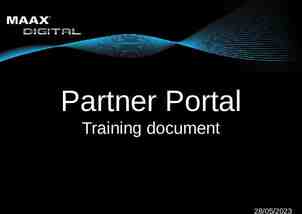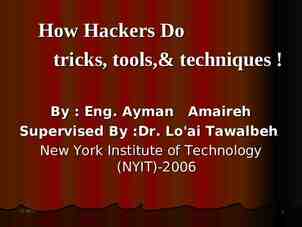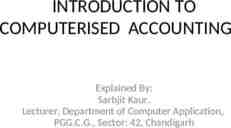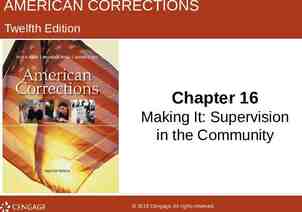THE THE HISTORY HISTORY OF OF ACCOUNTING ACCOUNTING
13 Slides3.71 MB

THE THE HISTORY HISTORY OF OF ACCOUNTING ACCOUNTING

The Thepractice practice of of accounting accounting has hasbeen been around aroundfor for many many thousands thousandsof of years yearsand and much muchof of what whatwe we know knowof of ancient ancient civilizations civilizations are gleaned

Most of the formal modern day accounting started at the end of the Crusades. As trade dramatically increased between Europe and Middle East, businesses grew to beyond what a single owner could manage. This brought about the need for written records so that business owners could keep track of their transactions and ensure that there agents performed profitably.

Early history Accountancy's infancy dates back to the earliest days of human agriculture and civilization (the Sumerians in Mesopotamia, and the Egyptian Old Kingdom). Ancient economic thought of the Near East facilitated the creation of accurate records of the quantities and relative values of

Simple accounting is mentioned in the Christian Bible (New Testament) in the Book of Matthew, in the Parable of the Talents. The Islamic Quran also mentions simple accounting for trade

Further development accounting practices were influenced by the Roman and the Persian civilizations that Muslims interacted

The most detailed example Ibn Taymiyyah provides of a complex governmental accounting system in his book Hisba for the Divan of Umar, the second Caliph of Islam, in which all revenues and disbursements were recorded.

FROM HISTORY Ibn Taymiyyah witnessed conversions to Islam as a growing trend among many Mongols. Ibn Taymiyyah was an Islamic scholar (alim), theologian a nd logician born in Harran, located in what is now Turkey, close to the Syrian border. He lived during the troubled times of the Mongo invasions. He was a member of the school founded by Ahmad ibn Hanbal and sought the return of Islam to what he viewed as earlier interpretations of the Qur'an and the Sunnah.

The development of mathematics and accounting were intertwined during the Renaissance. Mathematics was in the midst of a period of significant development in the late 15th century. Hindu-Arabic numerals and algebra were introduced to Europe from Arab mathematics at the end of the 10th century by the Benedictine monk Gerbert of Aurillac, but it was only after Leonardo Pisano (also known as Fibonacci) put

FROM HISTORY 19th century statue of Fibonacci in Camposanto, Pisa. Leonardo Pisano Bigollo (c. 1170 – c. 1250) also known as Leonardo of Pisa, Leonardo Pisano, Leonardo Bonacci, Leonardo Fibonacci, or, most commonly, simply Fibonacci, was an Italian mathematician, considered by some "the most talented western mathematician of the Middle Ages.“ Fibonacci is best known to the modern world for the spreading of the Hindu–Arabic numeral system in Europe, primarily through the publication in 1202 of his Liber Abaci (Book of Calculation), and for a number sequence named the Fibonacci numbers after him, which he

Never in history, has one particular contribution served to shape and mold business in the way that accounting has done. Since the inception of trade and business, civilization understood the need for accurate records. What we were lacking was the means for a standard of accurate record keeping. Enter Luca Pacioli. This Franciscan monk was the father of double

FROM HISTORY Portrait of Luca Pacioli, traditionally attributed to Jacopo de' Barbari, 1495 (attribution controversial). Fra Luca Bartolomeo de Pacioli (sometimes Paccioli or Paciolo; 1445– 1517) was an Italian mathematician, Franciscan friar, collaborator with Leonardo da Vinci, and seminal contributor to the field now known as accounting. He was also called Luca di Borgo after his birthplace, Borgo Sansepolcro, Tuscany.

It was such a perfect fit for a long unfulfilled business need that it was like giving water to the thirsty. Businesses and business merchants saw at once the benefit of the double entry accounting system in maintaining accurate and undisputable records. This was the






